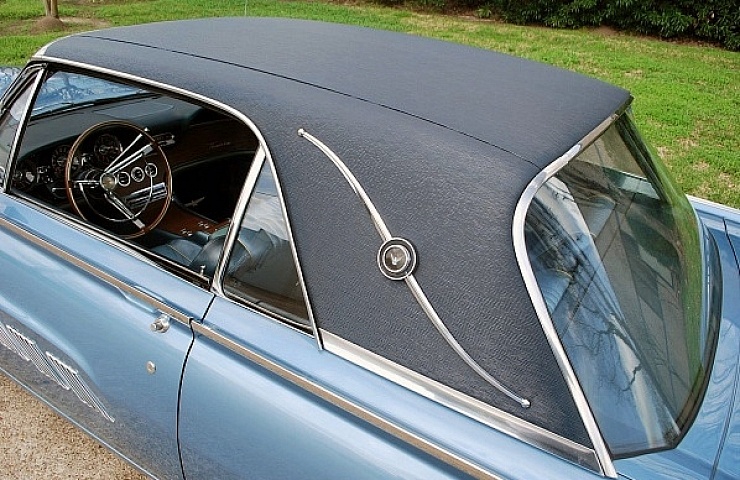An automotive style that falls out of favor can sometimes make a surprising comeback. That seems unlikely for the vinyl landau roof, but you never know.
The term “landau” dates back to the horse-and-carriage era, when coachbuilders used a low shell for the body, adding a convertible top to allow maximum visibility. In the 1920s and 1930s, the landau roof referred to hardtop sedans covered with fabric. This falsely gave the impression of a convertible top. Many of them used an S-shaped metal bar as an aesthetic accent—mimicking the hinged bar that was used to pull back a carriage’s convertible top.
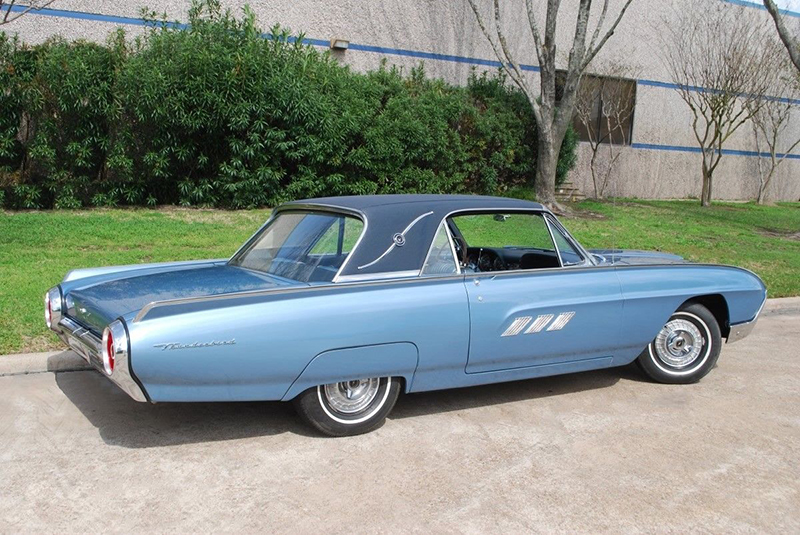
1963 Ford Thunderbird Landau
The ’60s = Peak Vinyl Roof?
Landau roofs came back into favor in the 1960s. A prime example is this 1963 Ford Thunderbird, arguably the most pleasing implementation of the style. The fake convertible uses a vinyl roof, a wide rear pillar, and landau bars instead of rear-quarter windows.
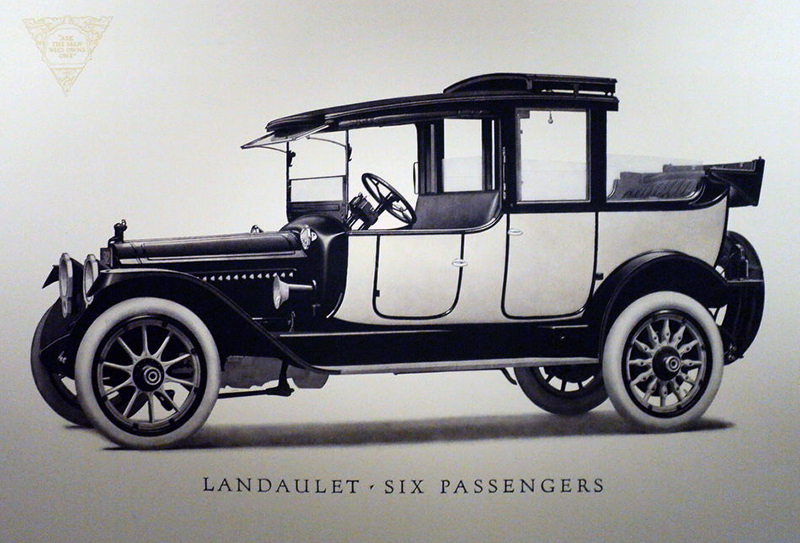
The roof of the 1915 Packard Landaulet Six Passenger opened over the rear seats.
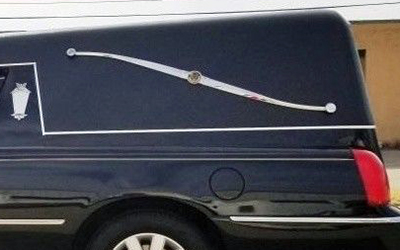
Hearses still use landau bars, but only for style.
Some auto enthusiasts see elegance from a bygone era in a vinyl-covered fixed roof. The laundolet, cars with a roof that indeed opens only over the rear seats, lends an air of sophistication dating back to the 1915 Packard Landaulet Six Passenger.
But many have a strong dislike of these ersatz convertibles. Perhaps there’s a negative association with hearses that commonly use landau roofs with large shiny landau bars.
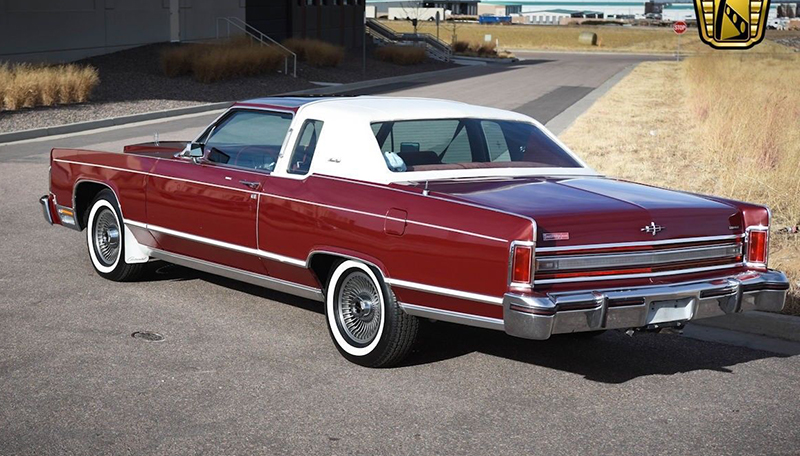
This 1978 Lincoln Town Car features a landaulet roof, a throwback to when sedans opened in the back.
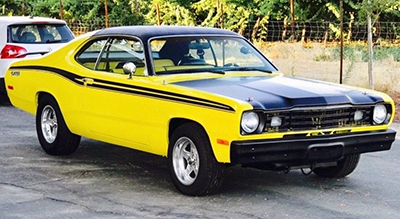
A vinyl roof can add contrast to nearly any car, including this 1973 Plymouth Duster.
’70s Vinyl Roof Craze
The 1970s—the decade of disco balls and leisure suits—was a landau renaissance. Vinyl roof designs can be found in new and remade 1970s models ranging from muscle cars to plush Lincolns with landaulet roofs and cushy Mercedes sedans.
Time for a Comeback?
It’s been 50 years, so perhaps the landau is ready for another comeback. Rather than waiting for automakers to reintroduce the style, check out the full selection of vintage hard and soft tops on eBay Motors, as well as vinyl roof wraps.

